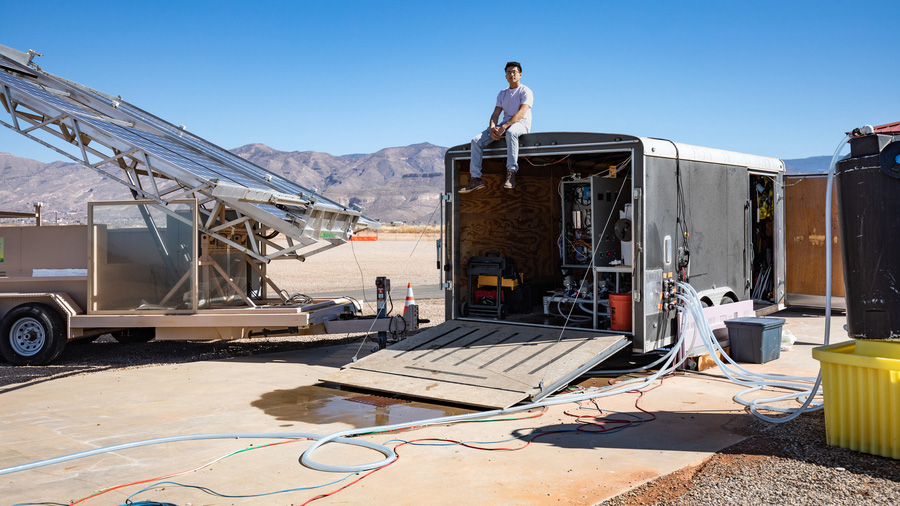U.S. Energy Information Administration Releases Annual Energy Outlook 2021 with Focus on How the COVID-19 Pandemic Has Impacted Energy Consumption
U.S. Energy Information Administration Releases Annual Energy Outlook 2021 with Focus on How the COVID-19 Pandemic Has Impacted Energy Consumption
The U.S. Energy Information Administration (EIA) has released its Annual Energy Outlook 2021 (AEO2021). The AEO presents an assessment of the outlook for energy markets through 2050, with this particular report exploring the long-term impact of COVID-19 on the U.S. energy mix. Because of the widely varying impacts of responses to COVID-19, the near-term projections in EIA’s AEO2021 are more uncertain than in previous years.
The AEO also assumed that no changes to energy policy would be made after September 2020, but there have already been significant changes to energy policies with passage of the Energy Act of 2020 (signed into law by President Trump) and a number of Executive Actions taken by the Biden Administration that impact the energy investment landscape.
Other key assumptions in the EIA analysis are that there will be no new coal plants through 2050, and that natural gas will remain competitive well into the future, making up about one-third of the electricity generation market. The EIA also projected that nuclear energy will fall from 20% of U.S. electricity generation to 10% of market share by 2050, and that while some licenses will be renewed, some plants will choose to close due to economic reasons, even assuming clean energy portfolio mandates inclusive of nuclear energy.
The AEO2021 main summary takeaways are summarized as follows:
The EIA expressed great uncertainty for many of these summary determinations, noting that a return to 2019 levels of energy consumption may take as little as 5 years or as many as 30 years based on different economic growth and technology uptake scenarios. The EIA projected that U.S. emissions of CO2 will likely remain below pre-COVID levels until 2035.
For the full report, please visit: https://www.eia.gov/outlooks/aeo/.
The AEO also assumed that no changes to energy policy would be made after September 2020, but there have already been significant changes to energy policies with passage of the Energy Act of 2020 (signed into law by President Trump) and a number of Executive Actions taken by the Biden Administration that impact the energy investment landscape.
Other key assumptions in the EIA analysis are that there will be no new coal plants through 2050, and that natural gas will remain competitive well into the future, making up about one-third of the electricity generation market. The EIA also projected that nuclear energy will fall from 20% of U.S. electricity generation to 10% of market share by 2050, and that while some licenses will be renewed, some plants will choose to close due to economic reasons, even assuming clean energy portfolio mandates inclusive of nuclear energy.
The AEO2021 main summary takeaways are summarized as follows:
- A return to 2019 levels of U.S. energy consumption will take years; energy related carbon dioxide emissions fall further before leveling off or rising.
- Renewable energy incentives and falling technology costs support robust competition with natural gas as coal and nuclear power decrease in the electricity mix.
- Continuing record-high domestic energy production supports natural gas exports but does not necessarily mean growth in the U.S. trade balance in petroleum products.
The EIA expressed great uncertainty for many of these summary determinations, noting that a return to 2019 levels of energy consumption may take as little as 5 years or as many as 30 years based on different economic growth and technology uptake scenarios. The EIA projected that U.S. emissions of CO2 will likely remain below pre-COVID levels until 2035.
For the full report, please visit: https://www.eia.gov/outlooks/aeo/.



